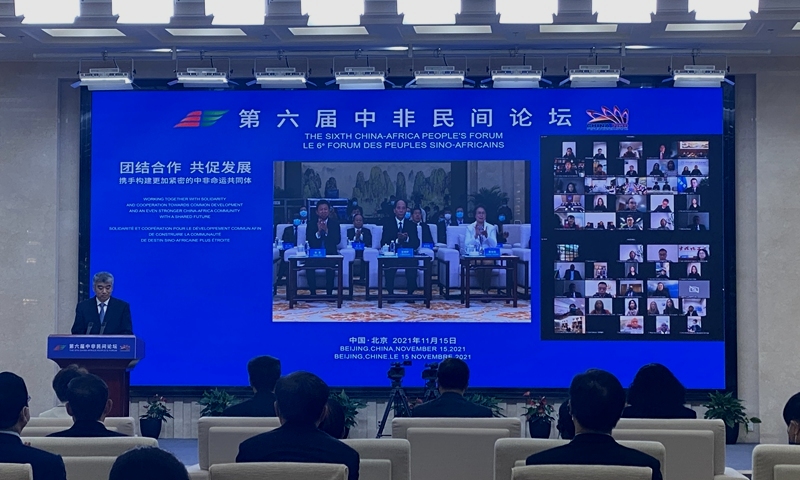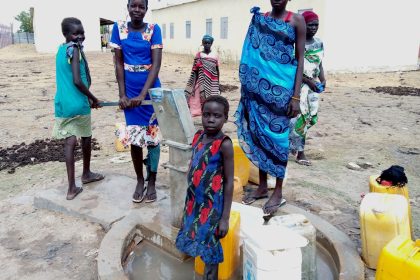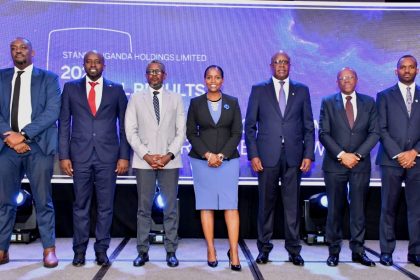Chinese lending falls off as African countries face debt distress
 At present, 22 low-income African countries are either already in debt distress or at high risk of debt distress.
Chinese lenders account for 12 pc of Africa’s private and public external debt, which increased more than fivefold to $696 billion from 2000 to 2020.
At present, 22 low-income African countries are either already in debt distress or at high risk of debt distress.
Chinese lenders account for 12 pc of Africa’s private and public external debt, which increased more than fivefold to $696 billion from 2000 to 2020.
The economic consequences of the Covid-19 pandemic and Russia’s invasion of Ukraine have undermined the ability of many African nations to service their sovereign debts according to a new research paper by Dr. Alex Vines, Creon Butler and Dr. Yu Jie published by Chatham House, London.
At present, 22 low-income African countries are either already in debt distress or at high risk of debt distress. Chinese lenders account for 12 pc of Africa’s private and public external debt, which increased more than fivefold to $696 billion from 2000 to 2020.
China is a major creditor of many African nations, but its lending has fallen in recent years and is set to remain at lower levels. This situation is likely to worsen over 2023, limiting the ability of African nations to raise the necessary finance to deliver broader social improvements for their populations and respond to climate change.
In the paper The response to debt distress in Africa and the role of China, the authors say China did not cause African debt distress in most cases, but it is key to finding a solution. Despite growing political and economic tensions, China and the West have a strong mutual interest in cooperating with each other, and with African nations and institutions, to tackle the challenge of debt distress.
Highlights of the paper show that China became a major creditor of many African nations from the start of 2000 to 2016. But since then, the scale of its lending has decreased – with the volume of new Chinese loans to African governments dropping from a peak of $28.4 billion in 2016 to $8.2 billion in 2019, and falling again to just $1.9 billion in 2020 (although the latter reflects the exceptional circumstances of the pandemic).
While China’s future state-backed lending is set to remain at lower levels, it is likely to be better coordinated among Chinese lending institutions and have greater emphasis on debt sustainability.
The nature and purpose of China’s past lending to African nations have varied considerably, both between countries and over time, including oil-backed lending, more conventional infrastructure loans and financing linked to strategic political relationships. China’s domestic economic needs, rather than foreign policy or military objectives, were for the most part the driver of this activity. African actors have also played, and continue to play, an important role in shaping the nature of this financing.
The economic fallout, including a sharp rise in interest rates, from the Covid-19 pandemic and Russia’s full-scale invasion of Ukraine has undermined the ability of many African nations, such as Djibouti, to service their sovereign debts. Twenty-two low-income African countries are either already in debt distress or at high risk of debt distress. The overall situation is likely to worsen over 2023 and limit the ability of many African nations to raise the necessary finance both to deliver broader social improvements for their populations and respond to climate change.
Africa’s total external debt increased more than fivefold between 2000 and 2020 to $696 billion – of which Chinese lenders accounted for 12 pc. China did not cause African debt distress in most cases, but it is key to finding a solution. While China remains wary of the Western dominance of international financial institutions (IFIs), it has cautiously come to see some benefits of multilateral cooperation with Western governments and IFIs in handling debt distress.
Despite growing political and economic tensions, China and the West have a strong mutual interest in cooperating with each other and with African nations and institutions, such as the African Union, to tackle the challenge of African debt distress.
Attempts to tackle debt distress in Africa urgently need to be separated from broader geostrategic competition. This paper recommends a three-part plan to be taken forward initially by the G7 under the Japanese presidency in 2023, but which ultimately needs to be embedded in the G20. The aim should be to establish a dialogue on Africa’s long-term investment needs, formulate an understanding between the West and China, and end the blockages in the current multilateral framework for dealing with debt distress.

 African Heads of state head to South Korea next week for Summit talks
African Heads of state head to South Korea next week for Summit talks
 Trading leads as main source of income for Ugandans
Trading leads as main source of income for Ugandans
 New leadership for bankers’ umbrella as total assets top $12 billion
New leadership for bankers’ umbrella as total assets top $12 billion
 Uganda-Tanzania announce date for second joint business forum
Uganda-Tanzania announce date for second joint business forum
 Unpacking results-based financing: balancing strengths with weaknesses
Unpacking results-based financing: balancing strengths with weaknesses
 Big fish in small pond Stanbic notches up $100m profit for 2023 topping previous figure by 15%
Big fish in small pond Stanbic notches up $100m profit for 2023 topping previous figure by 15%
